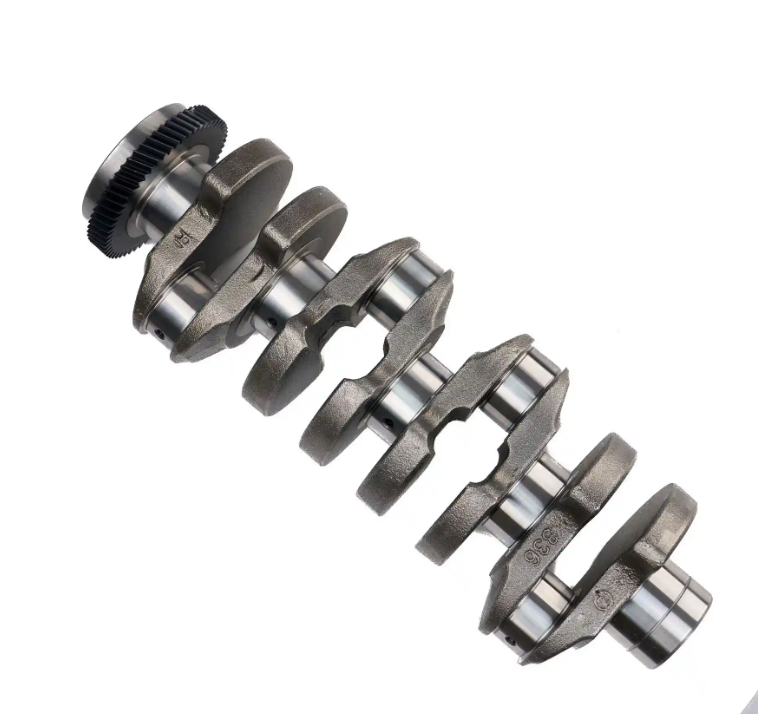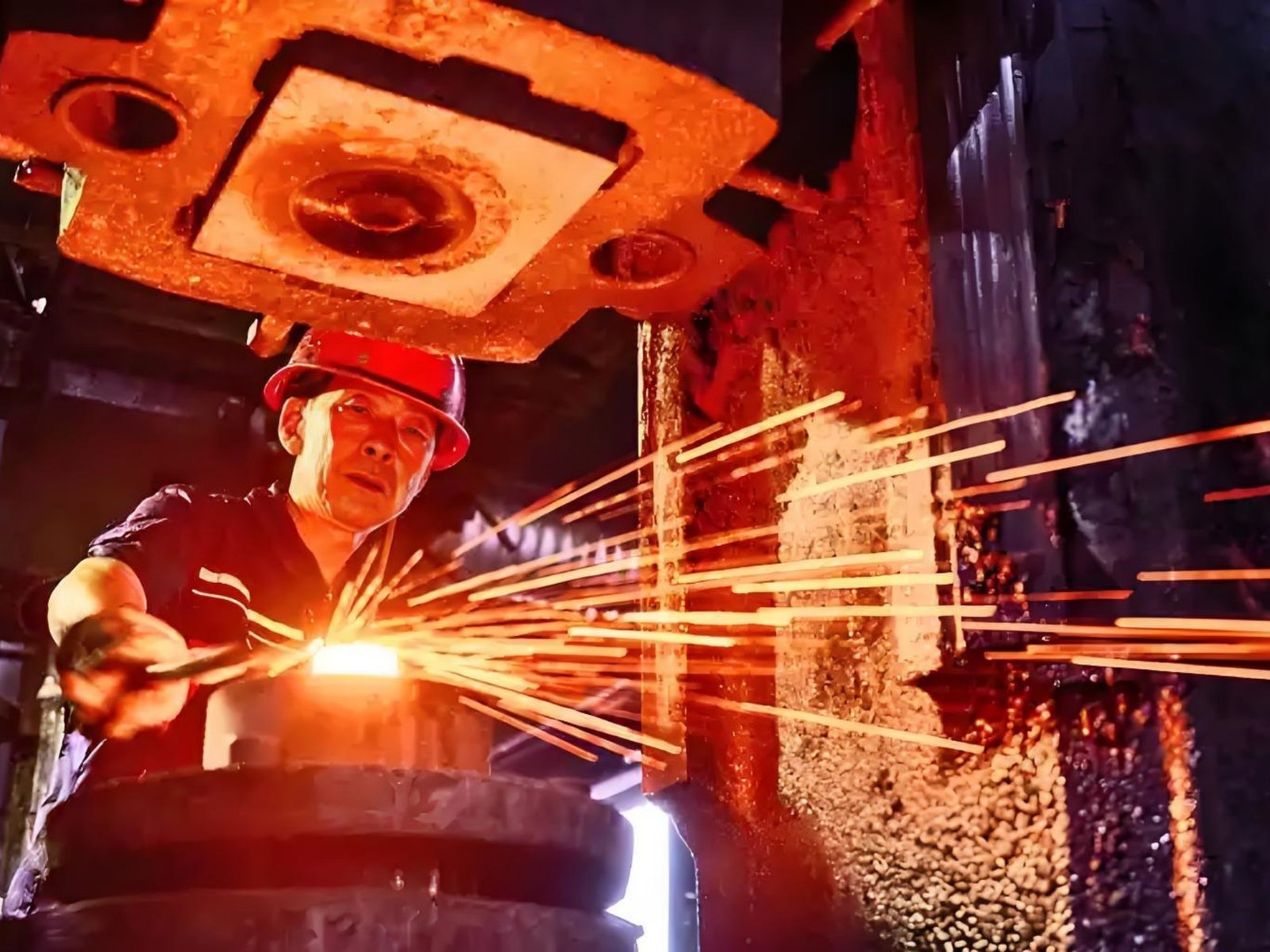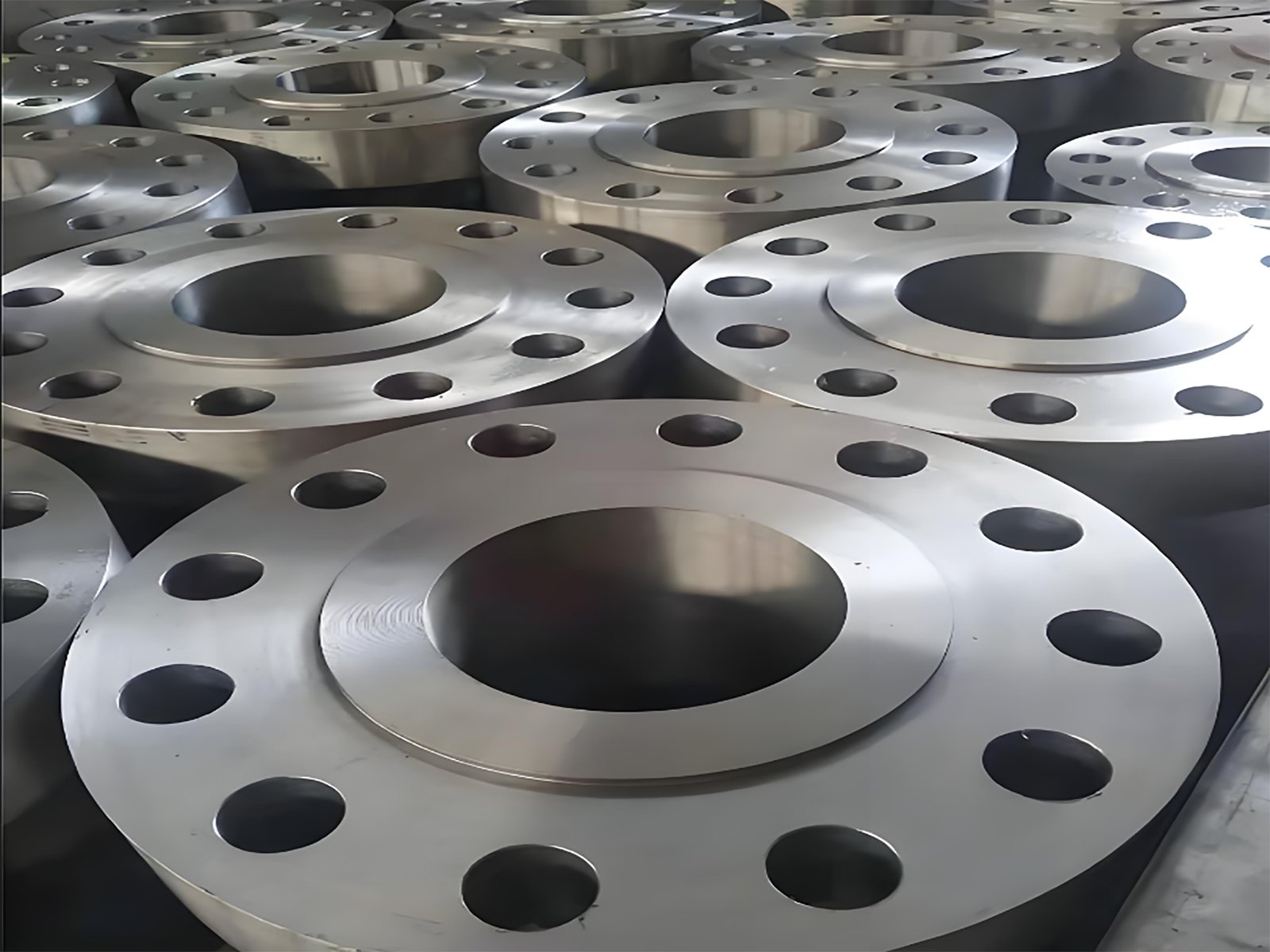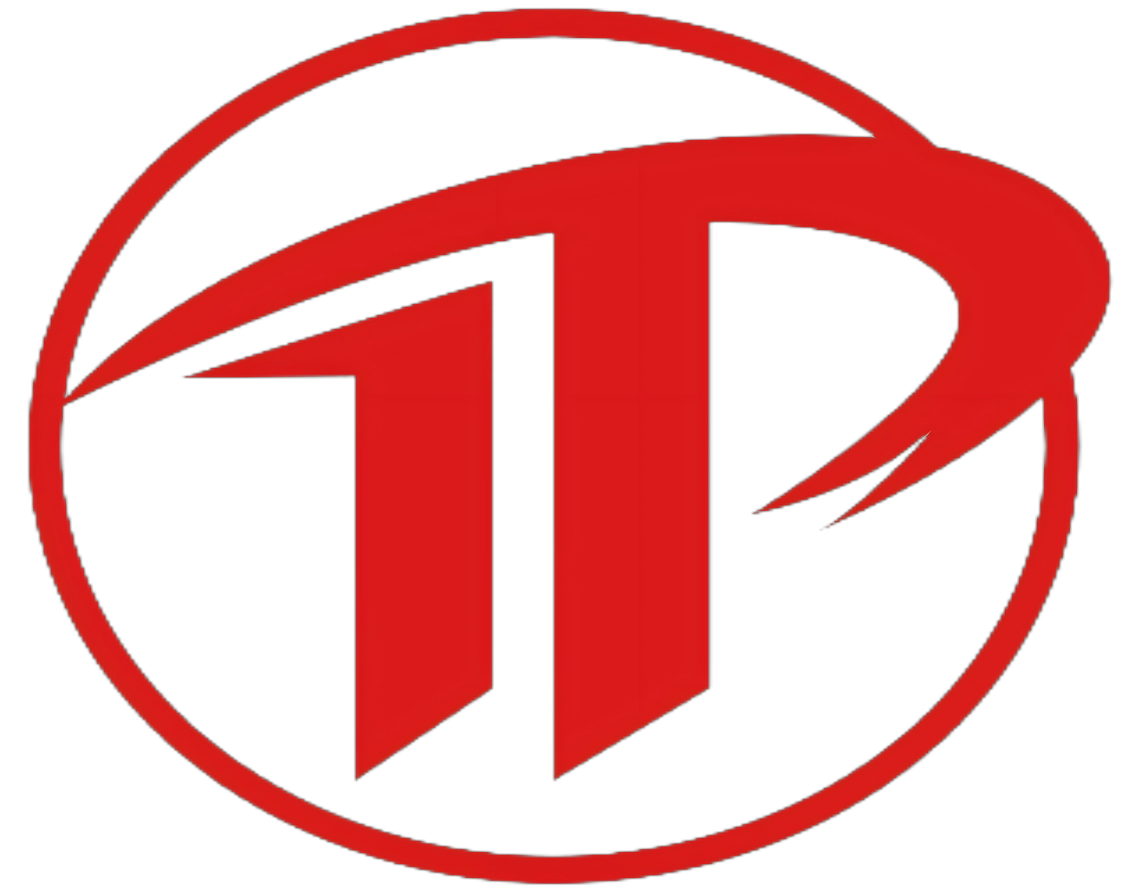BLOG

Bar stock—also known as metal bar stock, steel stock bar, aluminum bar stock, stainless steel bar stock, carbon steel bar stock, or simply “bar”—refers to raw metal materials processed into standardized shapes for machining, forging, drilling, and manufacturing.
Common forms include round bar stock, square bar stock, hex bar stock, hexagonal bar stock, and flat bar stock.

A crankshaft is the central rotating component in an internal combustion engine. It transforms the linear force of pistons into rotational torque, driving the vehicle’s powertrain. Because it operates under high stress, fatigue cycles, and varying loads, the manufacturing process, design, and specifications of a crankshaft are crucial to overall engine reliability.

The forging method is a imperative metal-shaping approach the place compressive forces are utilized to a stable workpiece to reap the preferred geometry. Unlike casting, which includes melting, forging reshapes the fabric in its stable state, ensuing in stronger, greater durable, and defect-resistant components.

The mining enterprise operates in some of the most harsh environments on the planet. From deep underground to high-altitude open-pit sites, gear is pushed to its limits underneath intense pressure, load, and temperature. That’s why mining forging has turn out to be the go-to answer for producing durable, high-performance components for mining machinery.

In industrial piping systems, forged flanges serve as critical components that ensure secure connections, pressure containment, and system reliability. However, choosing the correct flange size, type, and specification often comes down to one crucial factor—adhering to the right international standards.





